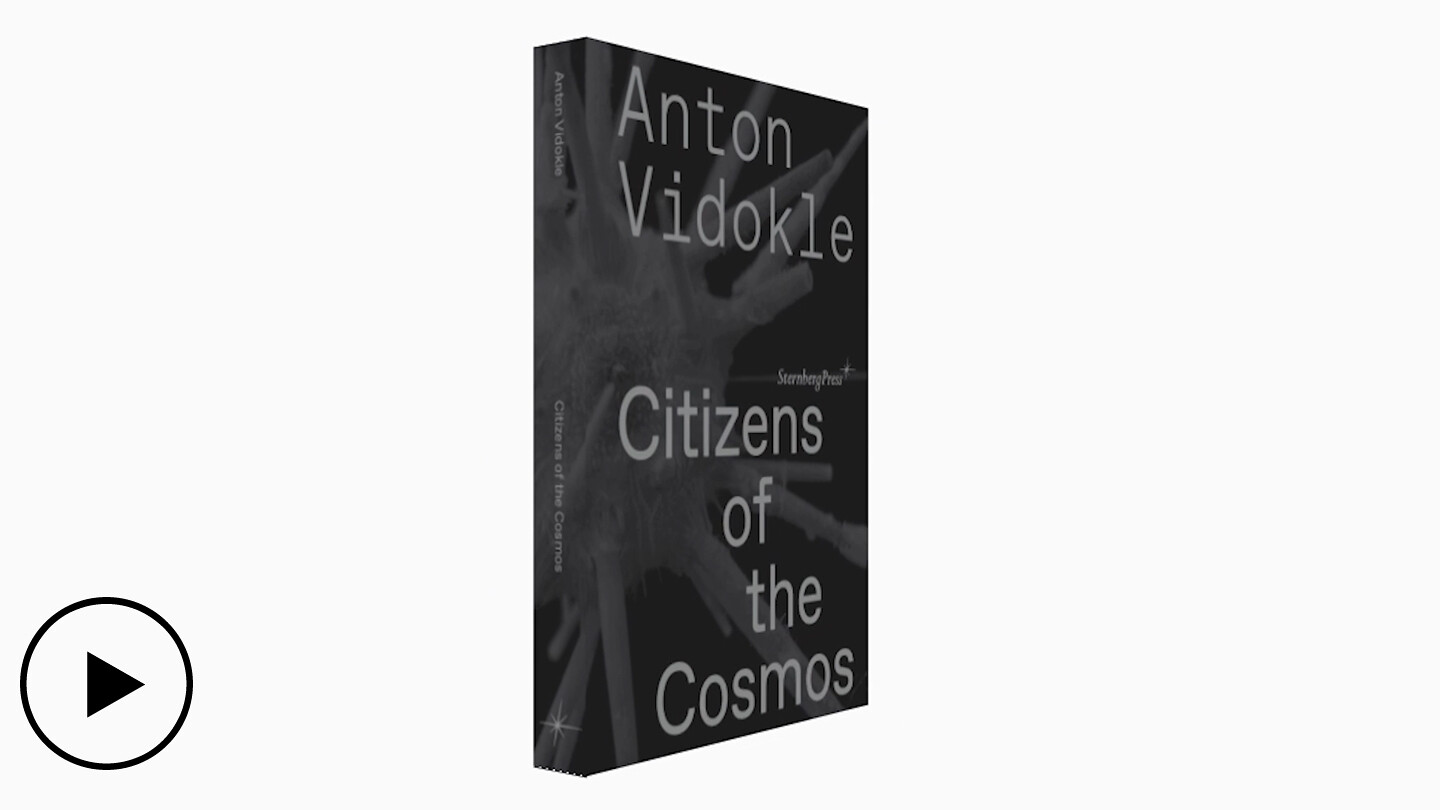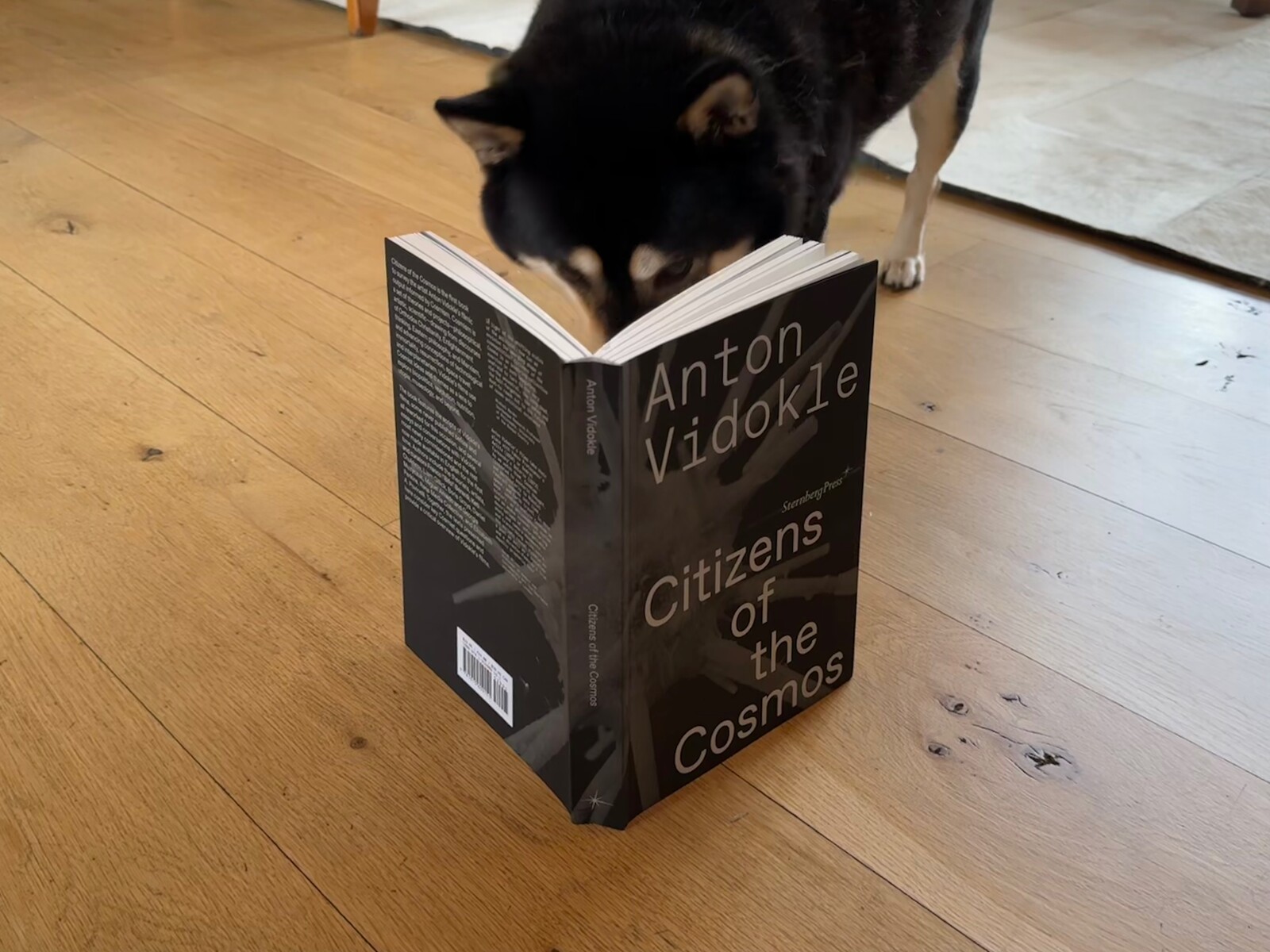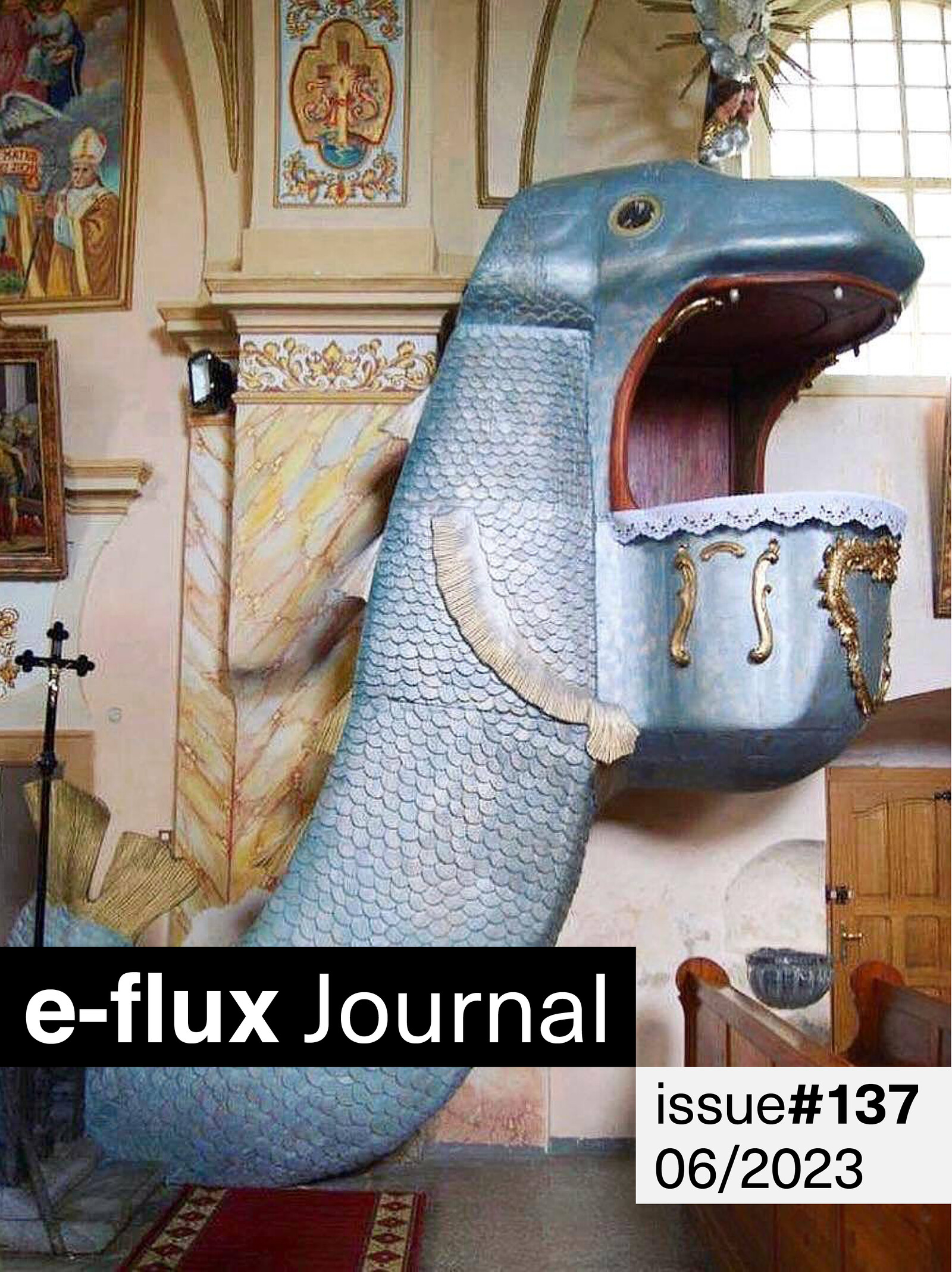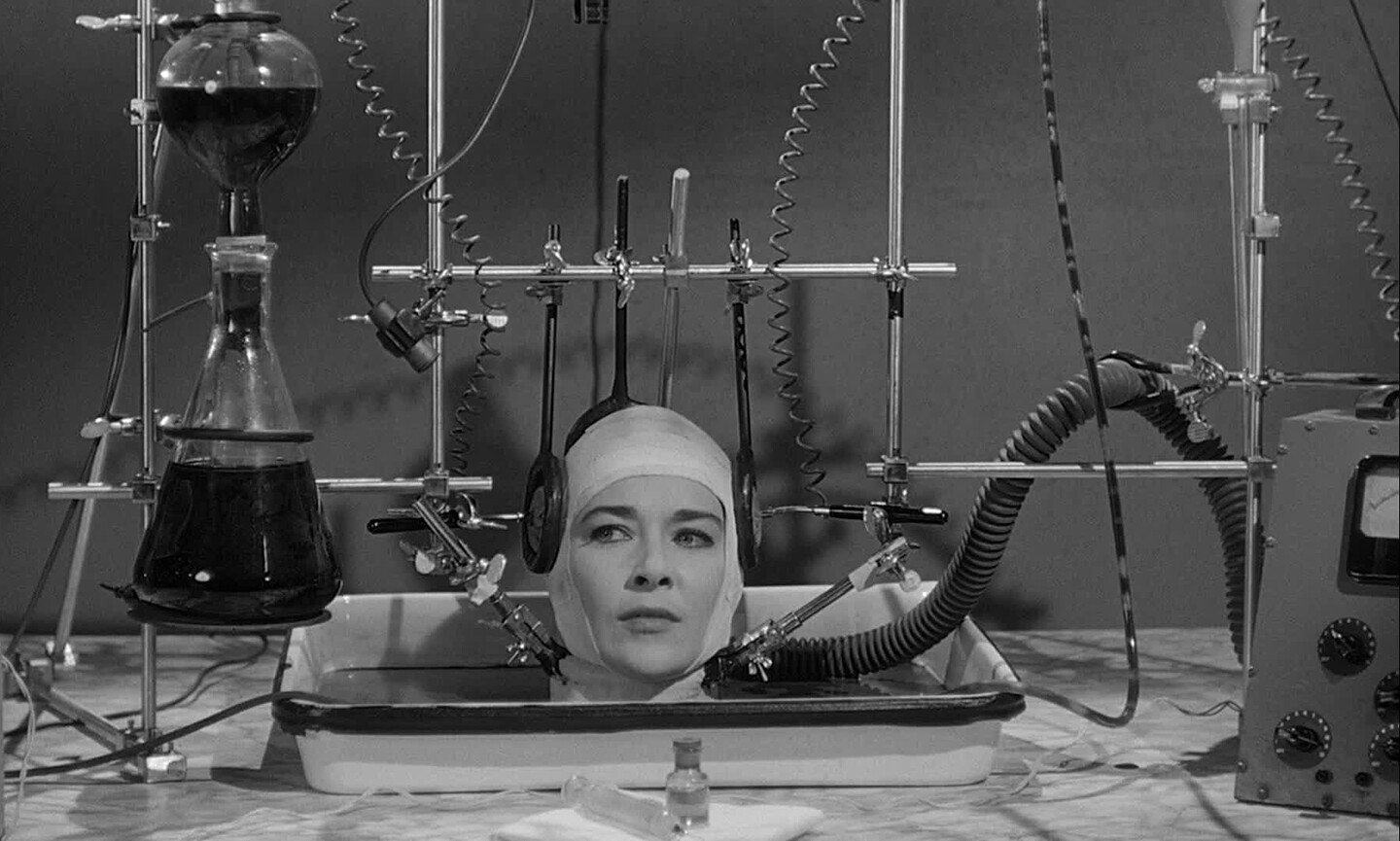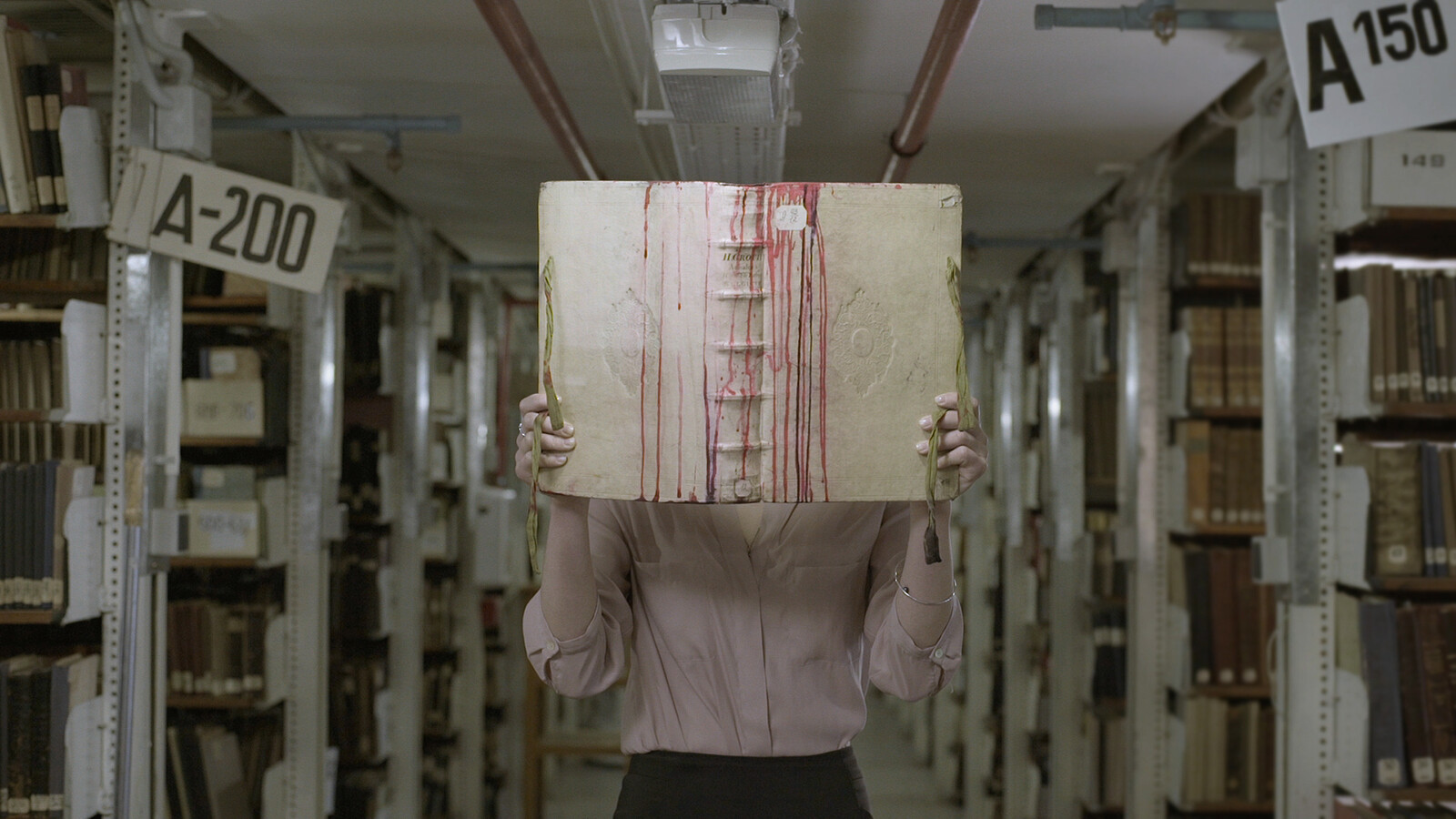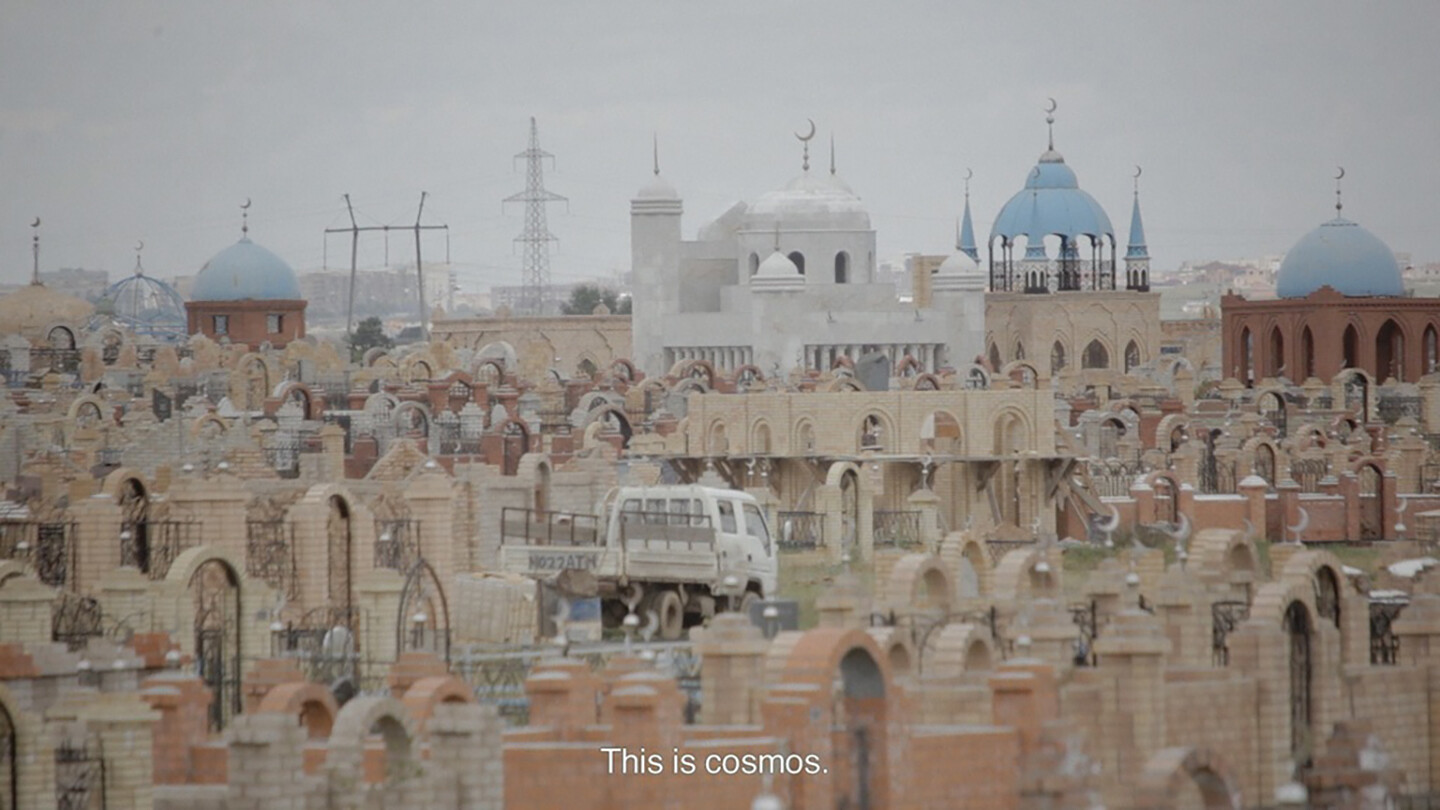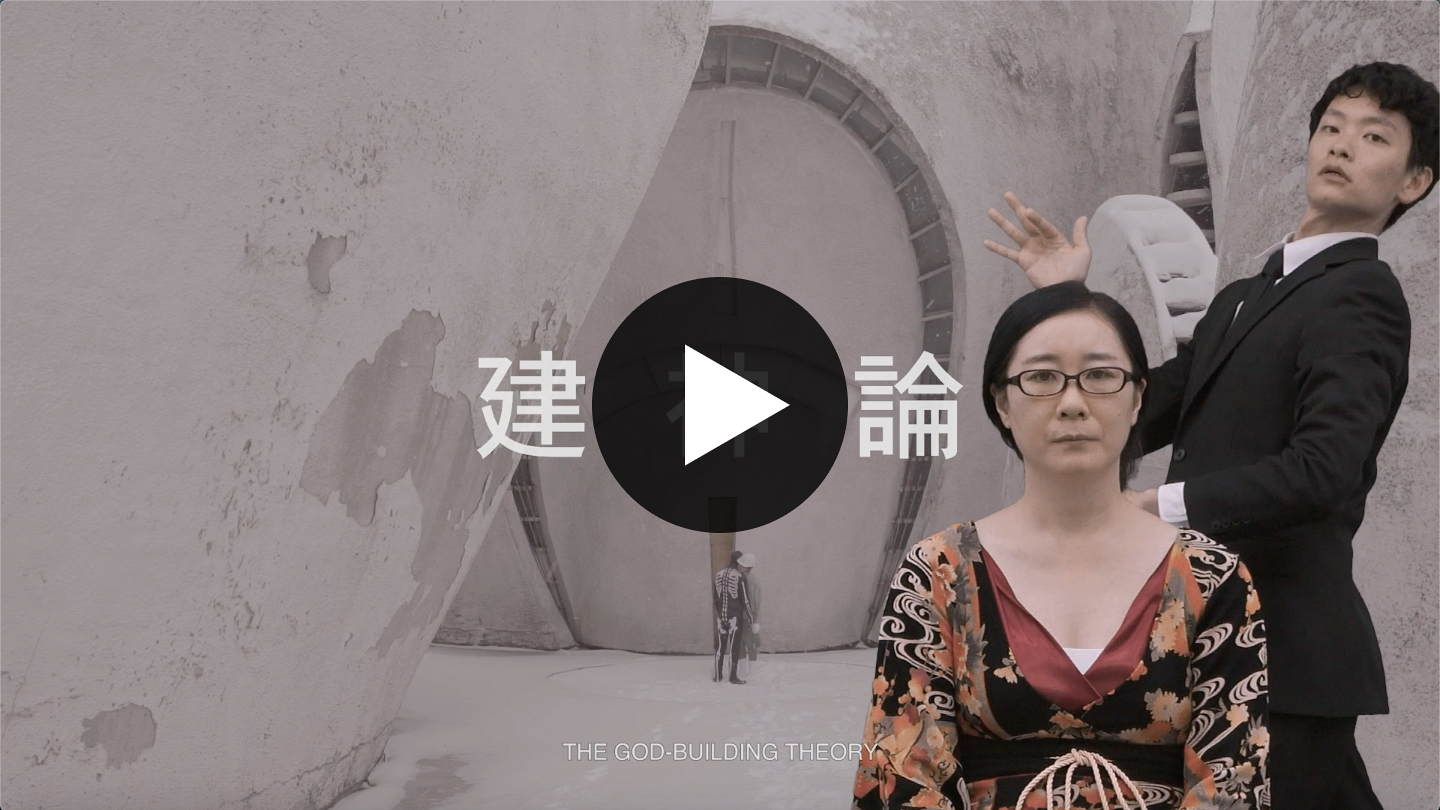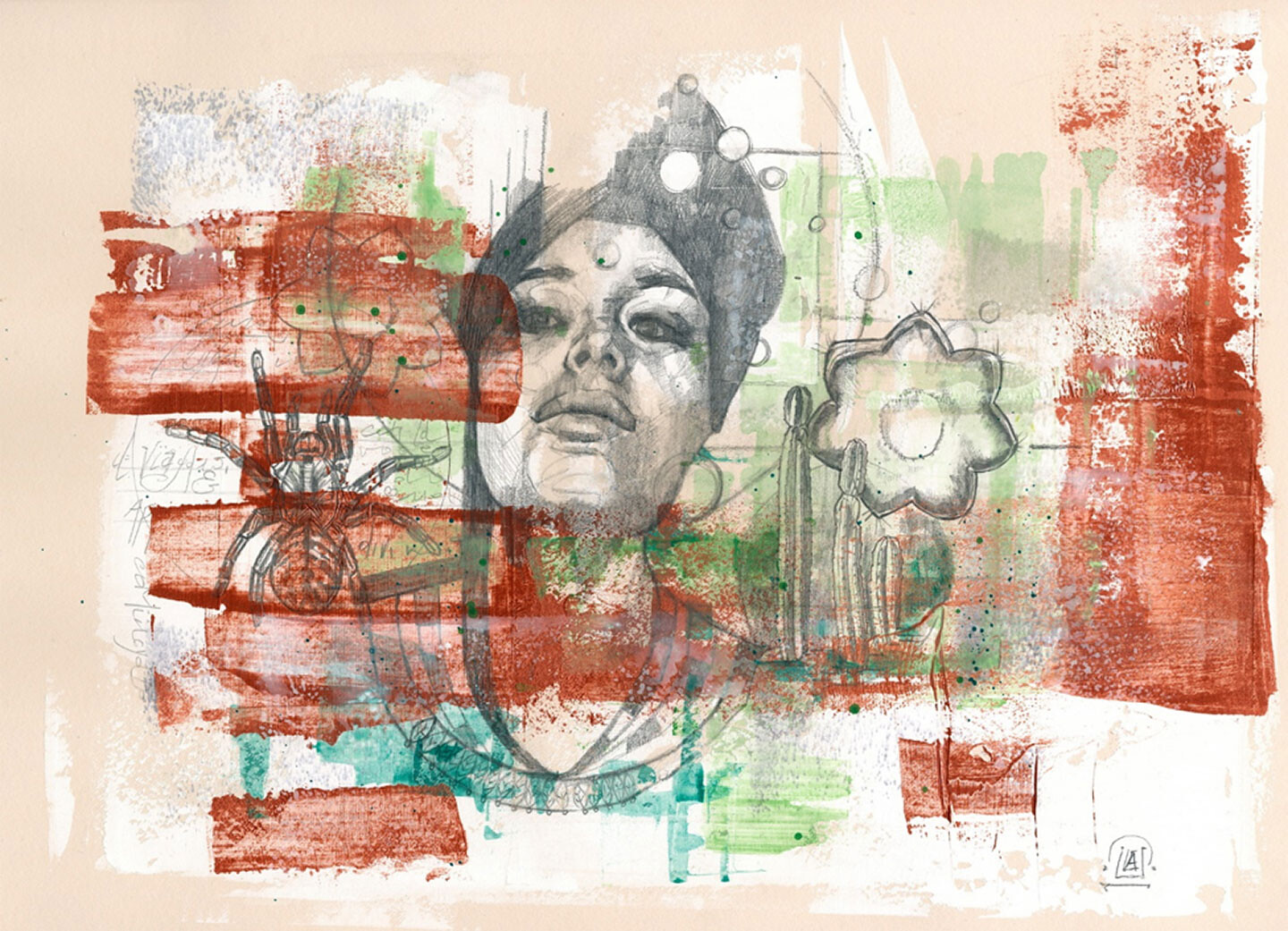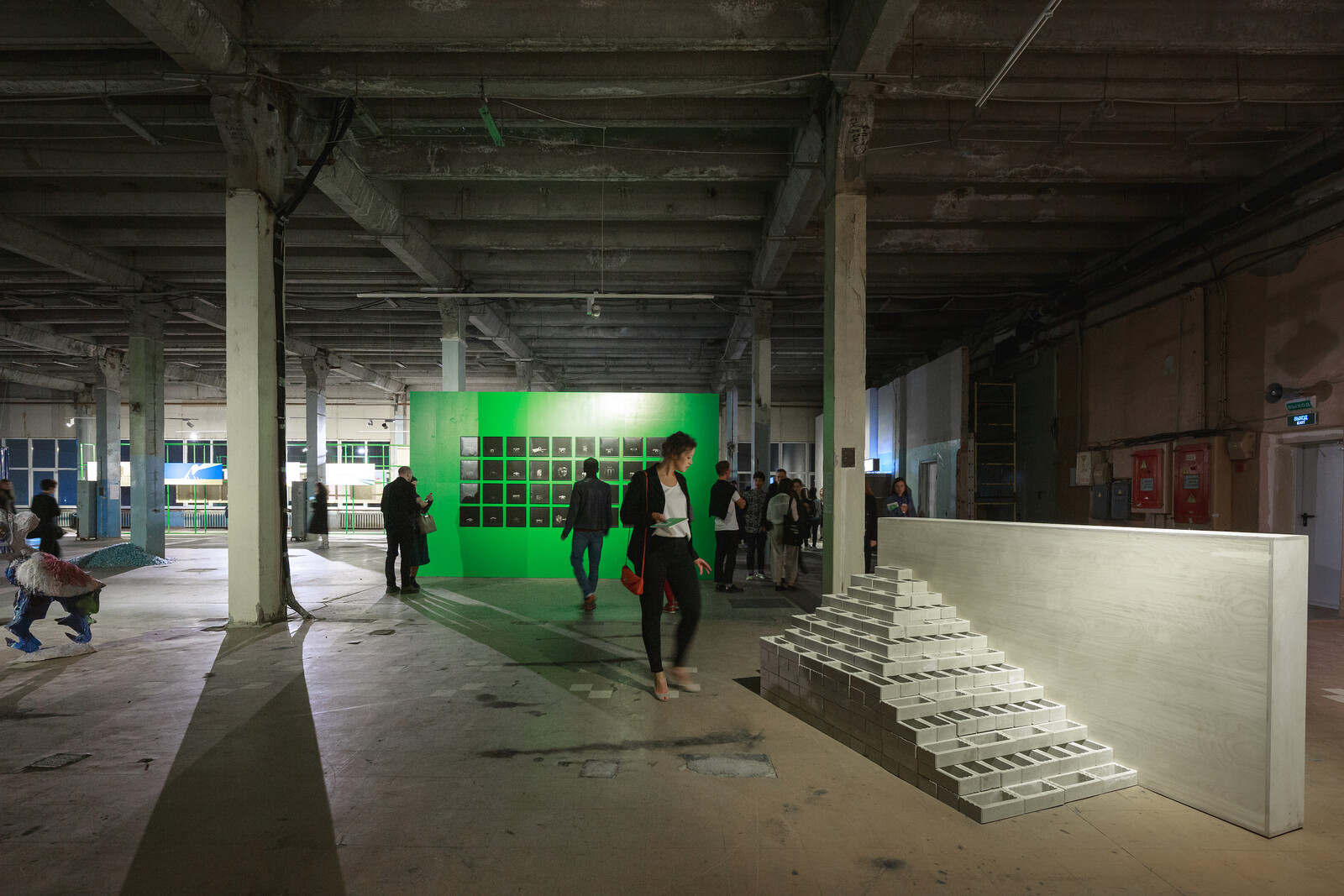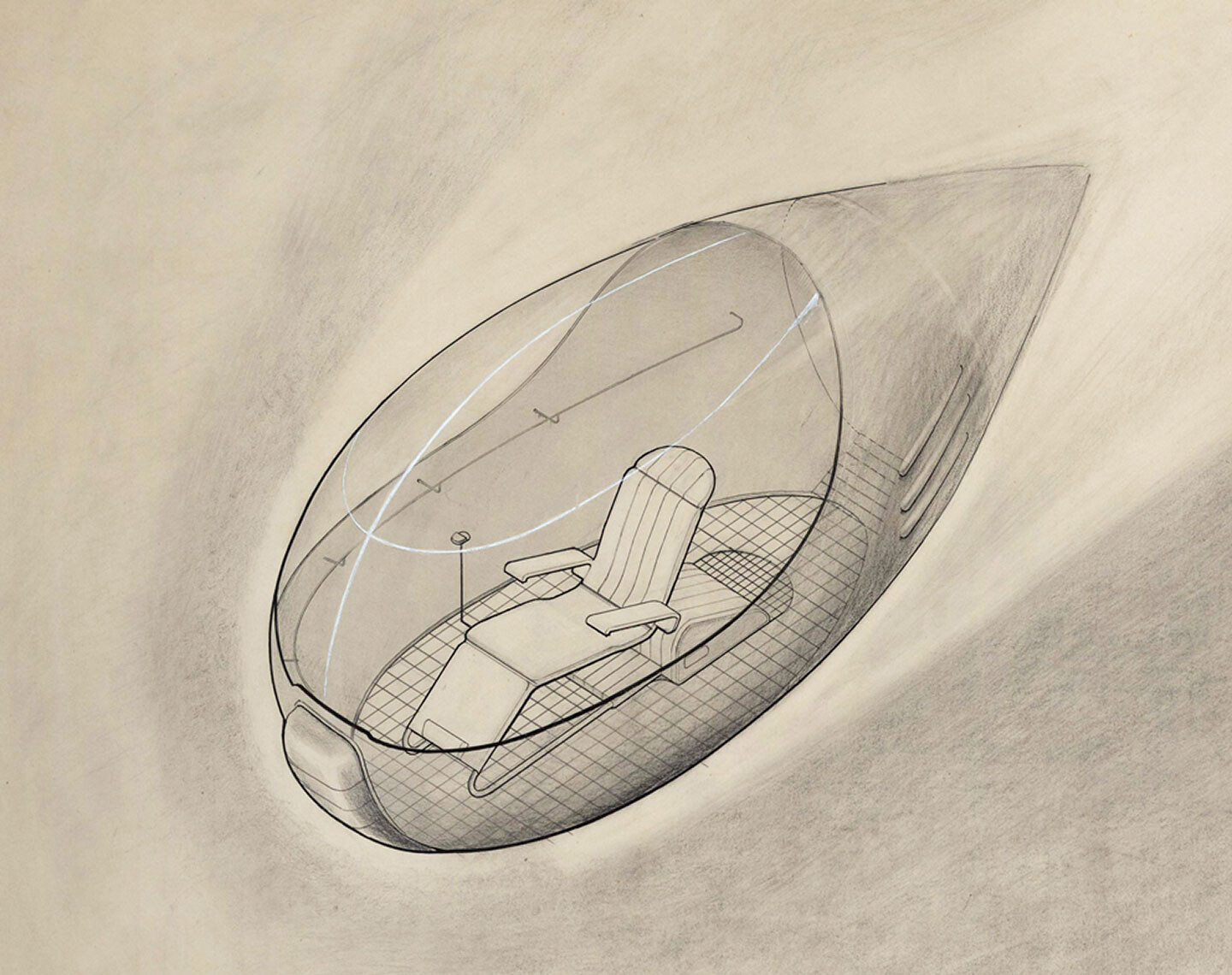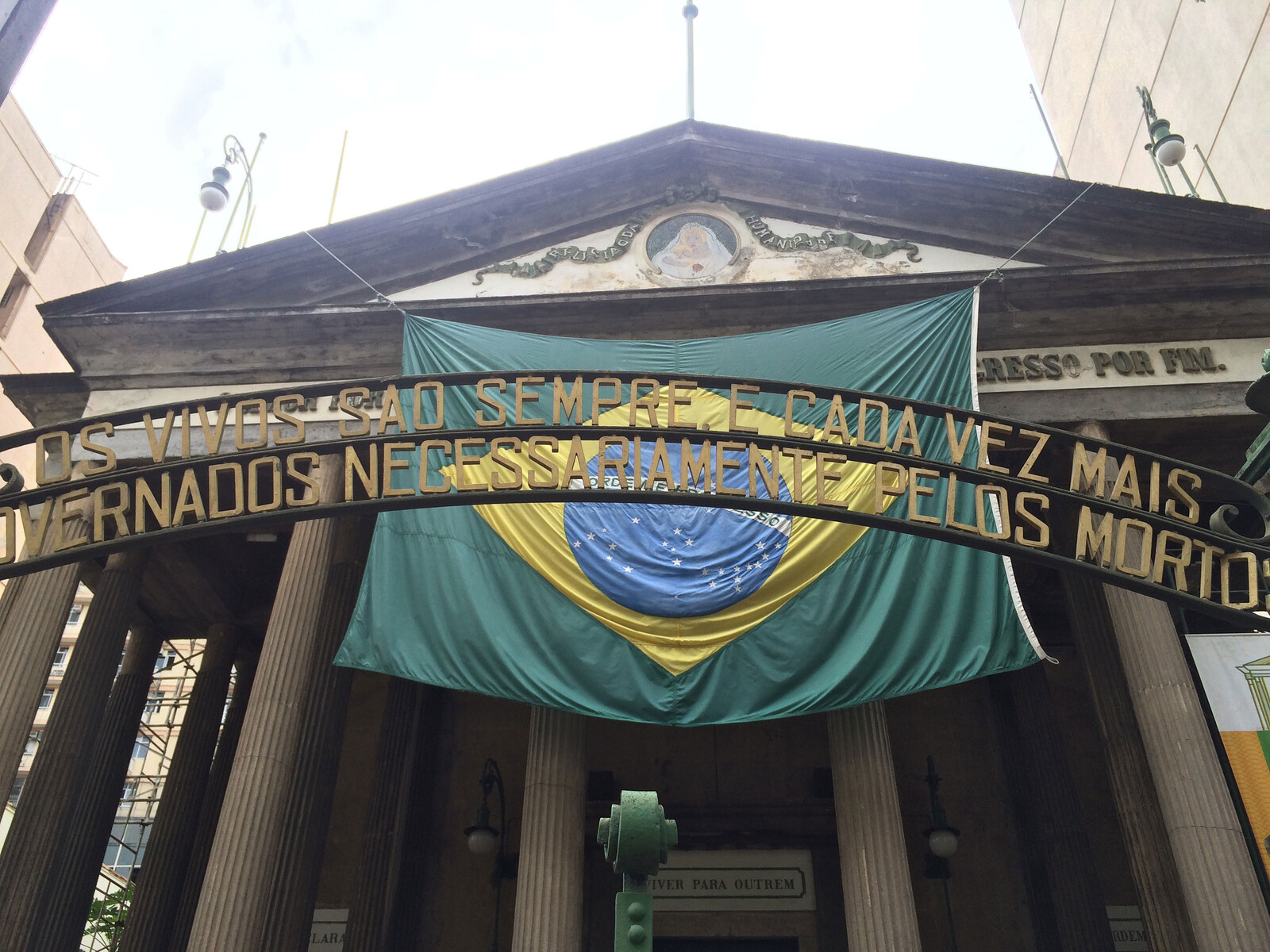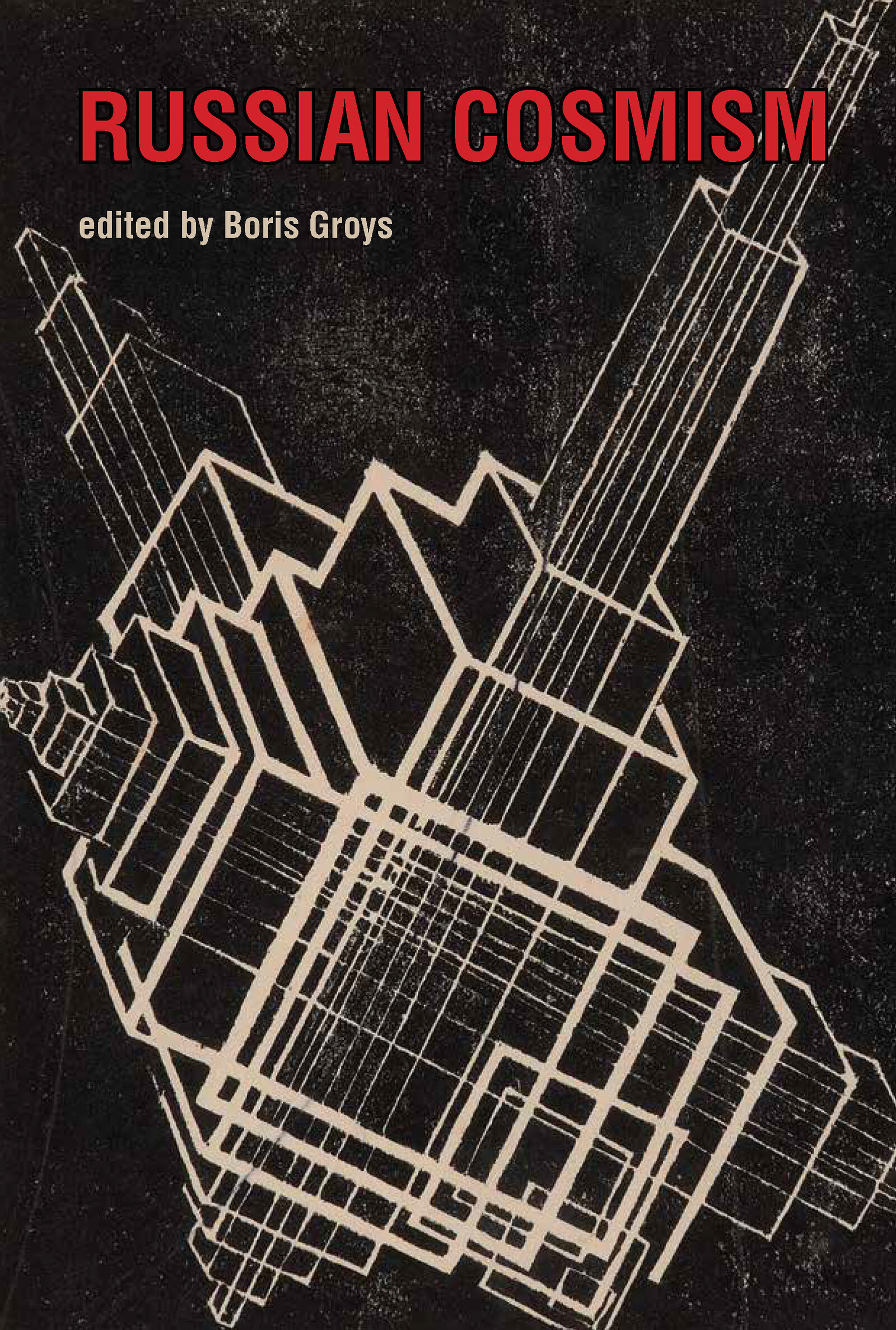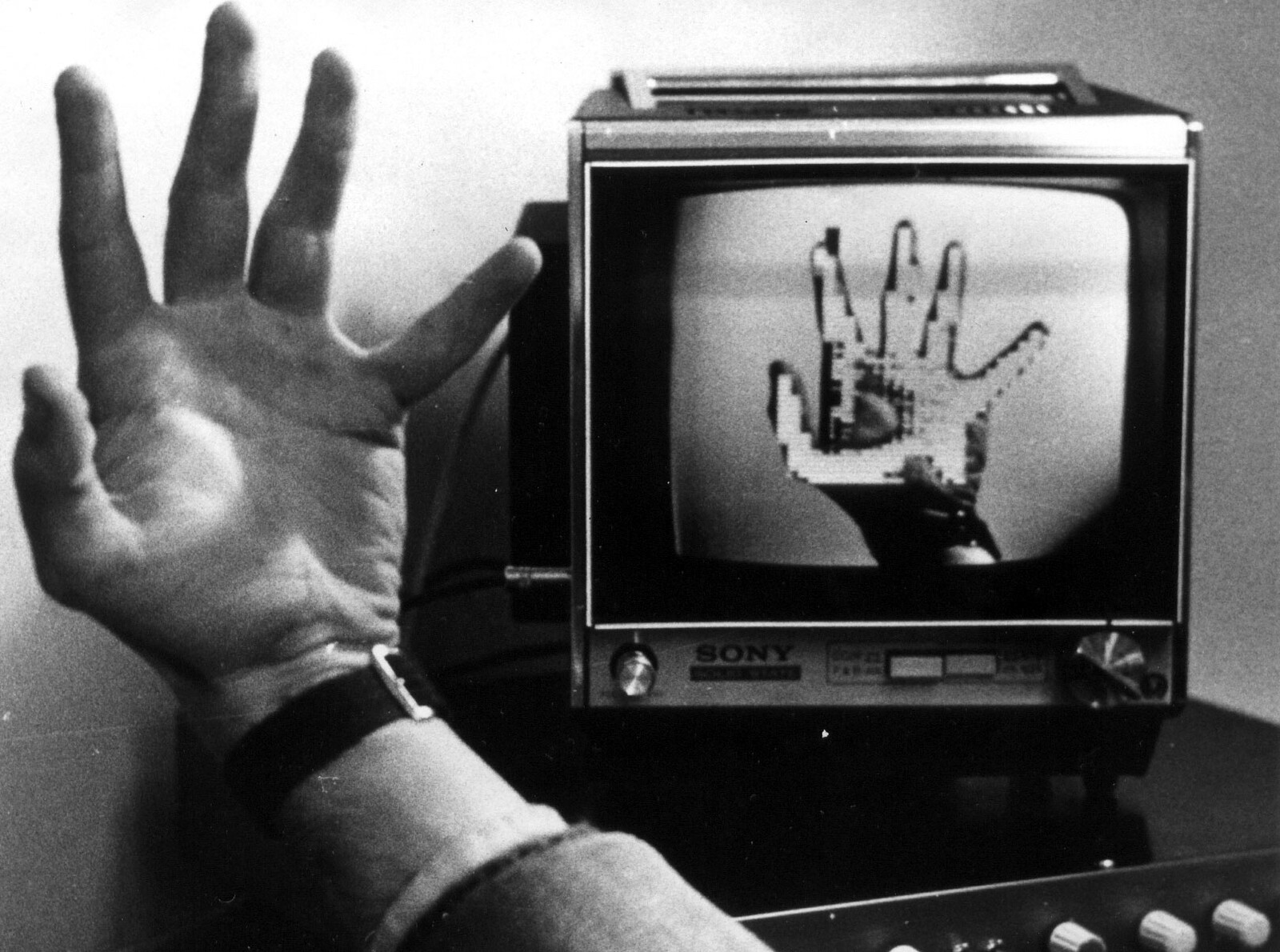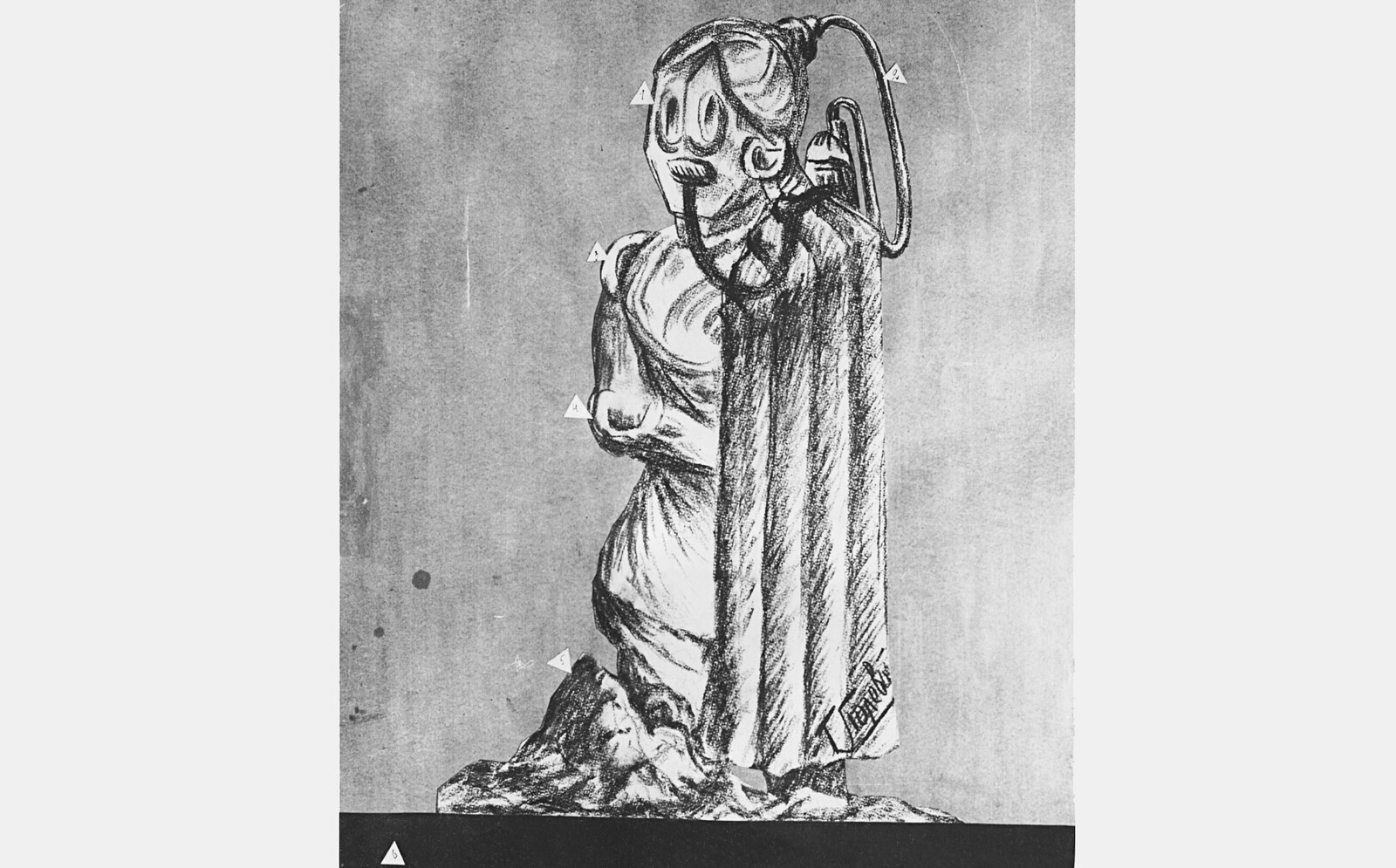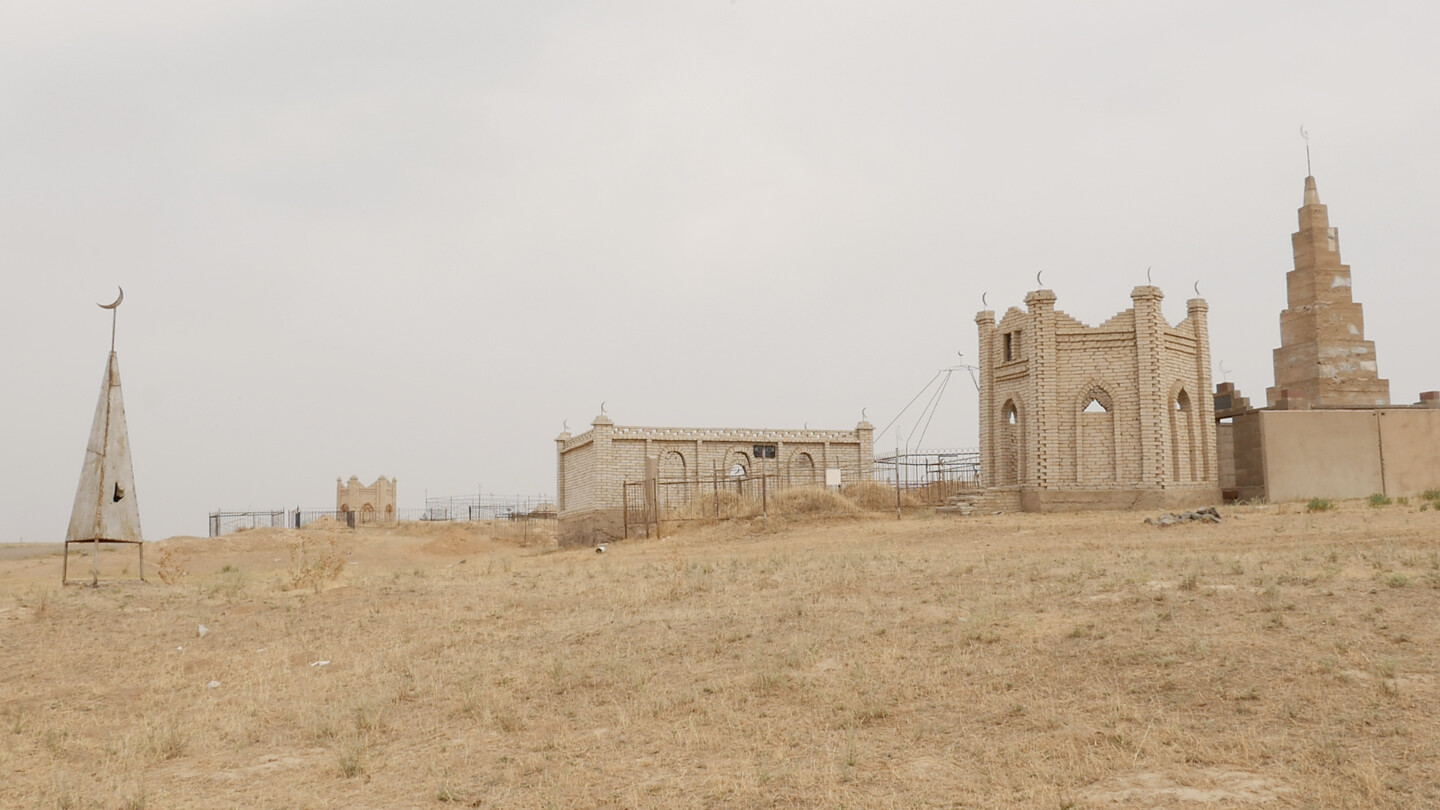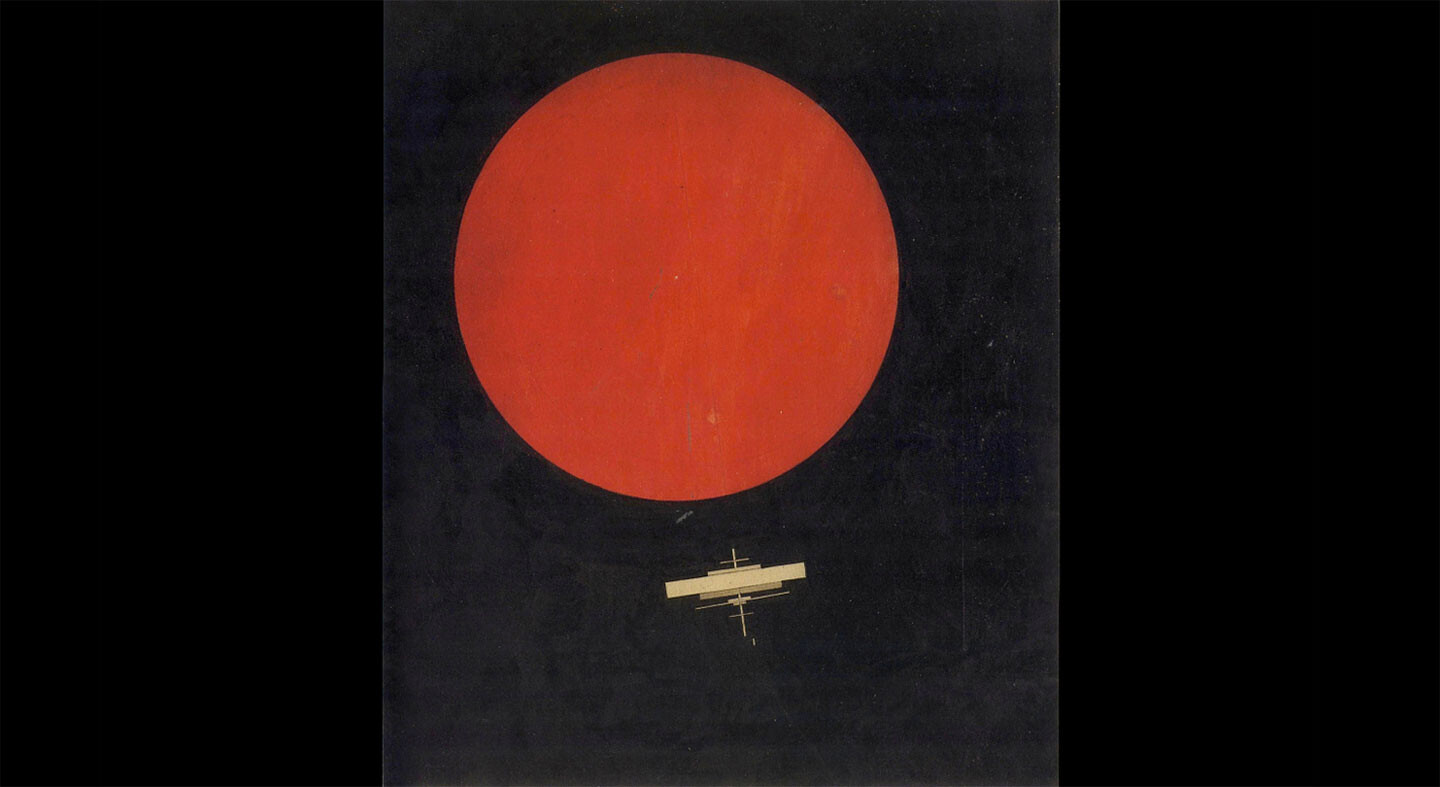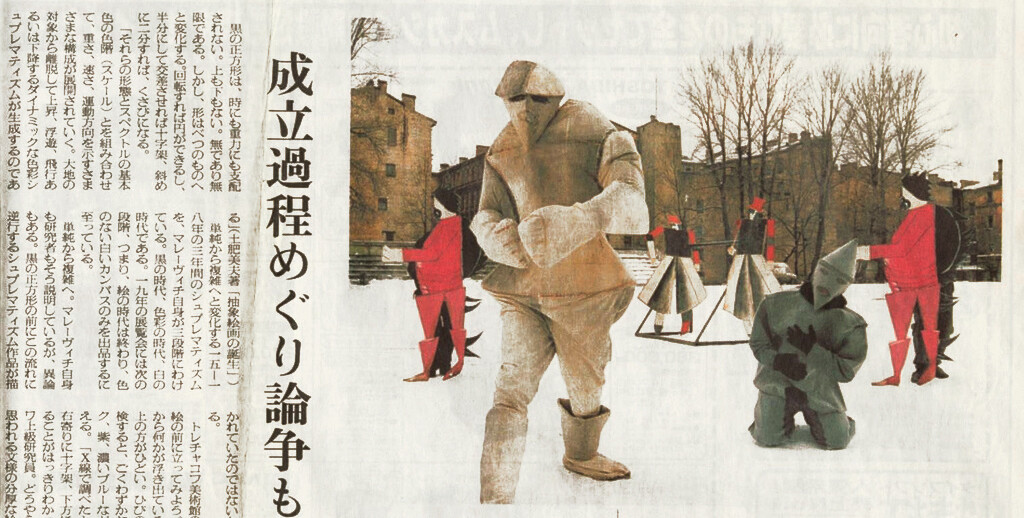It was only natural that hope for survival was directed towards the museum system. After all, like art objects, humans are only particular material bodies, which can be kept intact and/or repaired and restored if necessary. The State took over the function that had earlier been fulfilled by God and Church. The State was not only responsible for the well-being of the living population but also for its immortality. This care was delegated to the curators.
A conversation about immortality acquires a lot more meaning when we are in the middle of a pandemic and so many people are sick and dying. I think this present moment is a bit similar to the original context that triggered cosmism: all the epidemics, droughts, and famines in nineteenth-century Russia. But now there is also the fear of planetary ecological collapse and extinction, and in this context the idea of resurrection becomes much more urgent. There is also a certain hopelessness produced by the decline of reason and social progress, both of which have been encountering countless setbacks in recent decades. All of this makes the delirious optimism of cosmism meaningful and moving, in my opinion.
Once he entered the booth, Isidoro sat on the wooden bench and the screen immediately lit up on the wall across from him. The Cells of the Everpresent had curved screens across which the lives of the departed ran nonstop. On the concave back wall runs a trembling, electronic afterlife. Ectoplasms of the past are continually rearranged by grabbing brief fragments of video recordings from the prior existence, and combining them with clips from the present. Friends and relatives are televised, sending in images where they recollect the one lying beneath.
Cosmist thinkers founded the “organization of world-transformation”—an organization that was meant to encompass all the types of humanity’s creative activity, all spheres of its theoretical and practical application—on the creative principle found in art. Art opens before humanity an opportunity to move away from the present instrumental, technical progress, which acts upon nature only from outside, by use of mechanisms and machines, to a new, mature type of progress that would be organic, that would transform and spiritualize the world through a living, non-mediated touch.
For cosmism and communism, emancipation is a practice of ascent, or anagogia—a project of virtue. Instead of resistance to evil, there is a fervent assertion of virtue. This does not mean that such assertions always go smoothly.
The so-called mystery-opera Victory Over the Sun, written and staged by the Russian futurists in 1913 (Alexei Kruchenych, Velemir Khlebnikov, Matyshin, Malevich), celebrates the imprisonment of the sun, the collapse of the cosmic order, and a kind of cosmic night in which all becomes possible. Here, indeed, chaos reigns. The usual chains of cause and effect are torn apart and life becomes unpredictable. In this chaos, only strongmen (silachi) can survive—actually, the futurists themselves. And the opera ends with the promise that the strongmen will live forever: their reign of chaos will never end. What guarantees the fulfillment of this promise? Nothing, actually.
The whole thrust of Fedorov’s revolutionary project was to shift our perspective from creation to recreation. Like recreation, revolution itself contains a repetitive moment: it implies a movement of returning to something—at least to the moment of an ultimate reconfiguration of all relations before a new sociopolitical order is established, a moment of both rescission and reconstitution, a burst of destituent and constituent powers with which any radical project is imbued.
Crucial texts—many in English for the first time—by the radical biopolitical utopianists of Russian Cosmism.
Kurenniemi was looking for a new sensorium through technological instruments and fleshy excitements such as alcohol, drugs, sex, and combinations thereof. In his life, any boundary between science, music, physics, pornography, and technology was porous. Dimi-S (aka Sexophone or Love Machine, 1972) is a device that generates sounds through the skin contact of four performers who hold electrodes that generates bio-feedback. Each Sexophone session is unique, as the sound is generated by the electric conductivity of the players’ epidermises. The players are asked to follow some instructions to activate the machine, as in Fluxus or algorithmic art. Sexophone is an ironic forerunner of cybersex.
Conversations with today’s most compelling living and resurrected artists and thinkers address the contemporary relevance of Russian cosmism and biocosmism.
